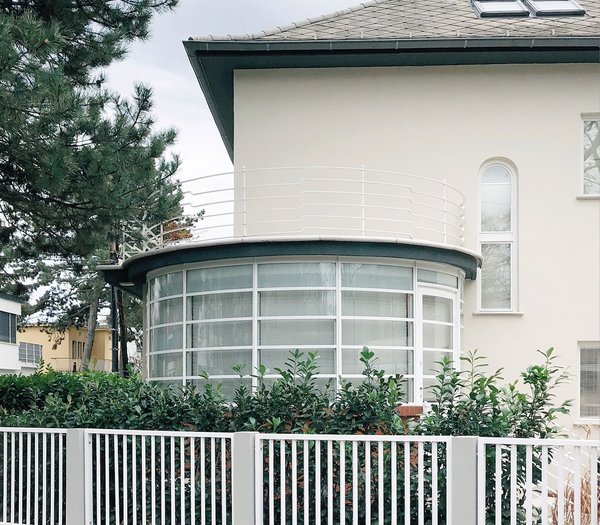She has been around MOME and feels comfortable in the contemporary art scene, but in the end (or perhaps because of this), she chose the bandsaw and the carpenter’s chisel. The story of Fanni Hegedűs is inspiring from many aspects. And why? We’ll tell you!
We are in one of the warehouses of Pénzverde: inside, you can smell woodchips and it is exceptionally quiet (the machines are resting). We came to visit Fannie Hegedűs, who rents the carpentry workshop with three other partners—Bence Sárkány, Dávid Pintér and Döme Nagy. A stone-effect podium and a blue-painted panel rest on the trestles in the central room—waiting to be finished. Although the small furniture collection made in the framework of the Kozma Scholarship is now based in Szentendre, a few pieces still catch our eye. For example, on the dark-colored, gracefully minimalist bedside table, we discover a “strange outgrowth” on one of its legs; on the circular coffee table, we find a hand-fitting ball and wooden accessories in different shapes; and Fanni shows us an extravagant, horse-shaped footwear as well. As if in each piece of furniture, a different personality would reside (but more on that in a moment).
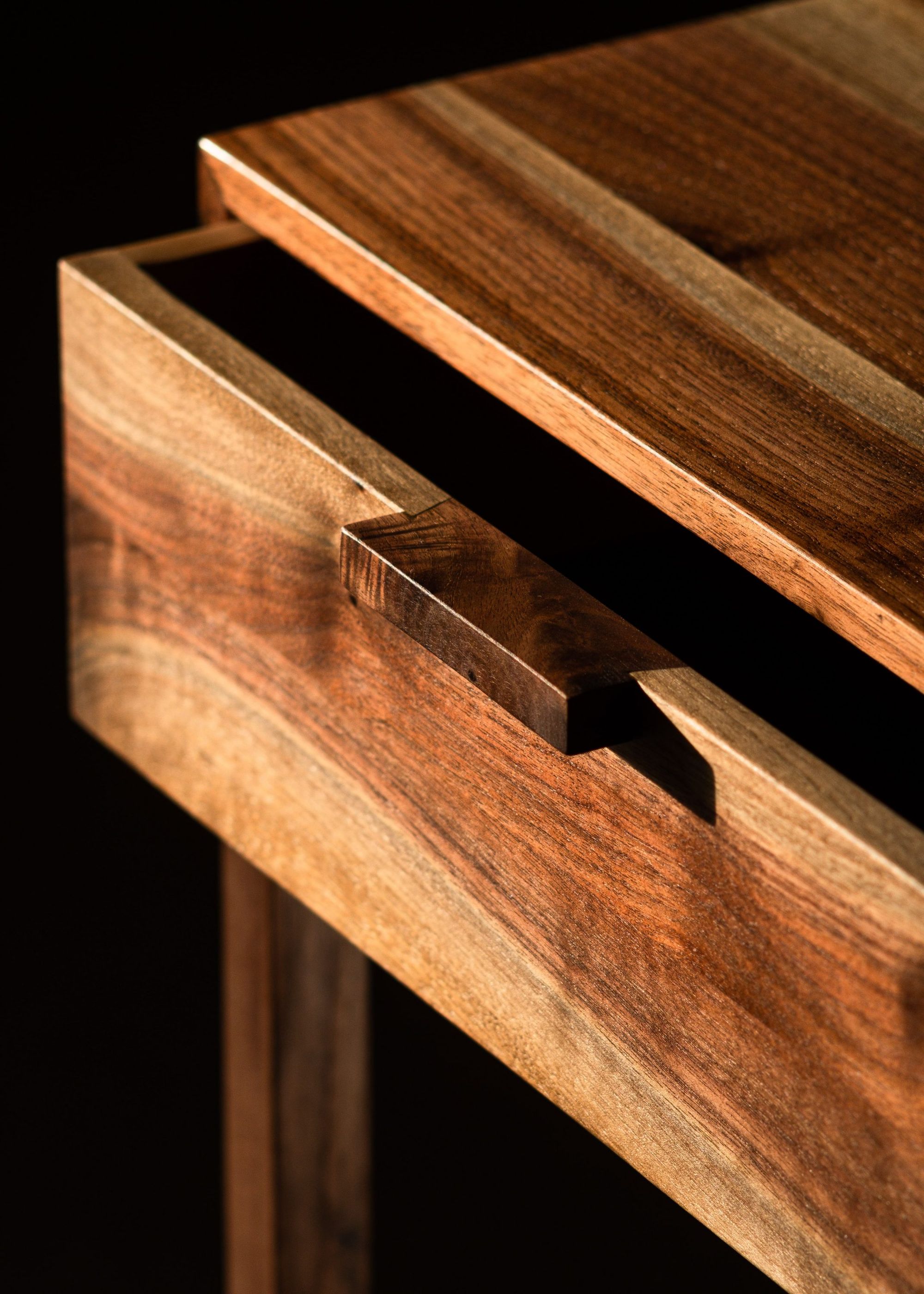
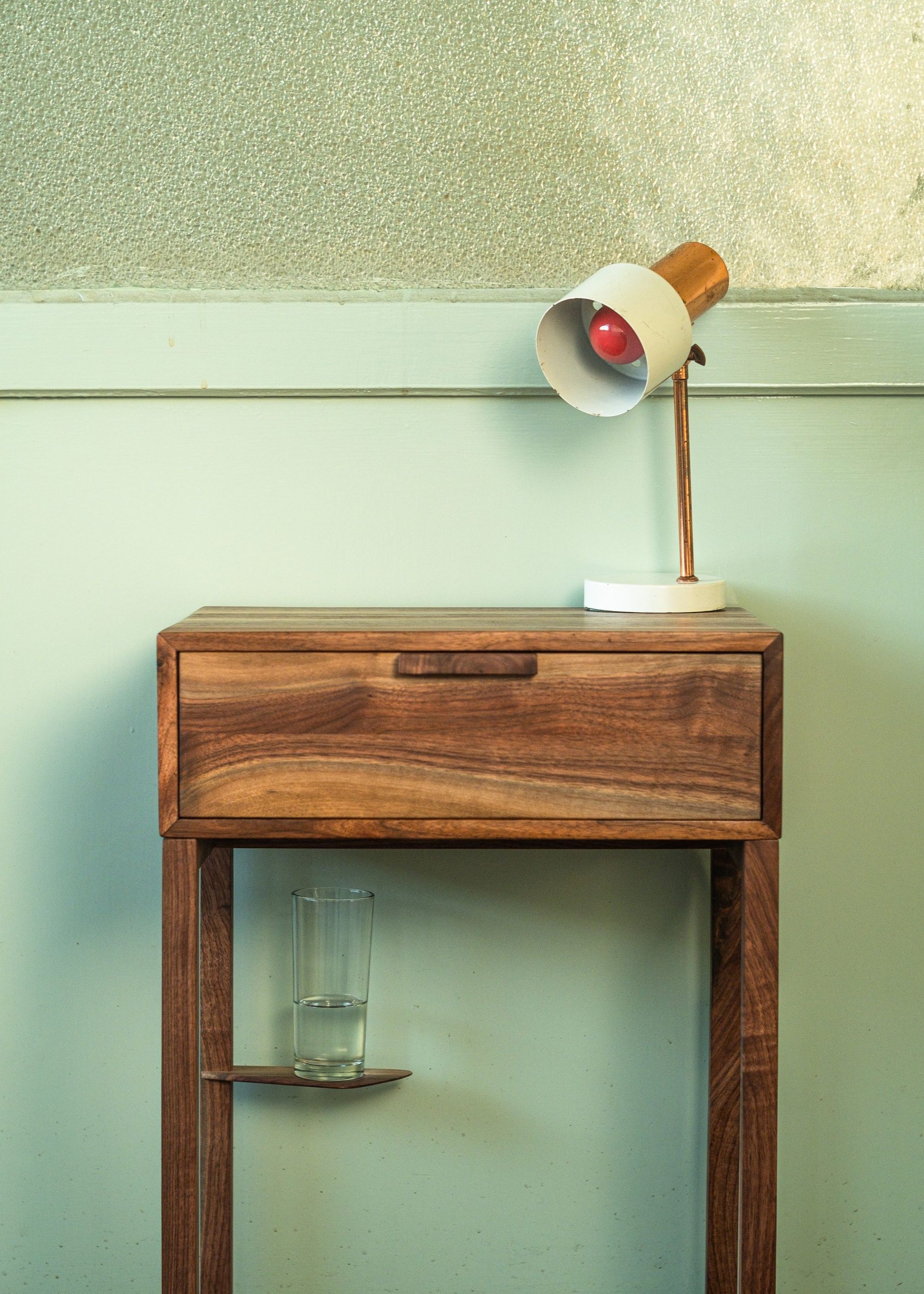
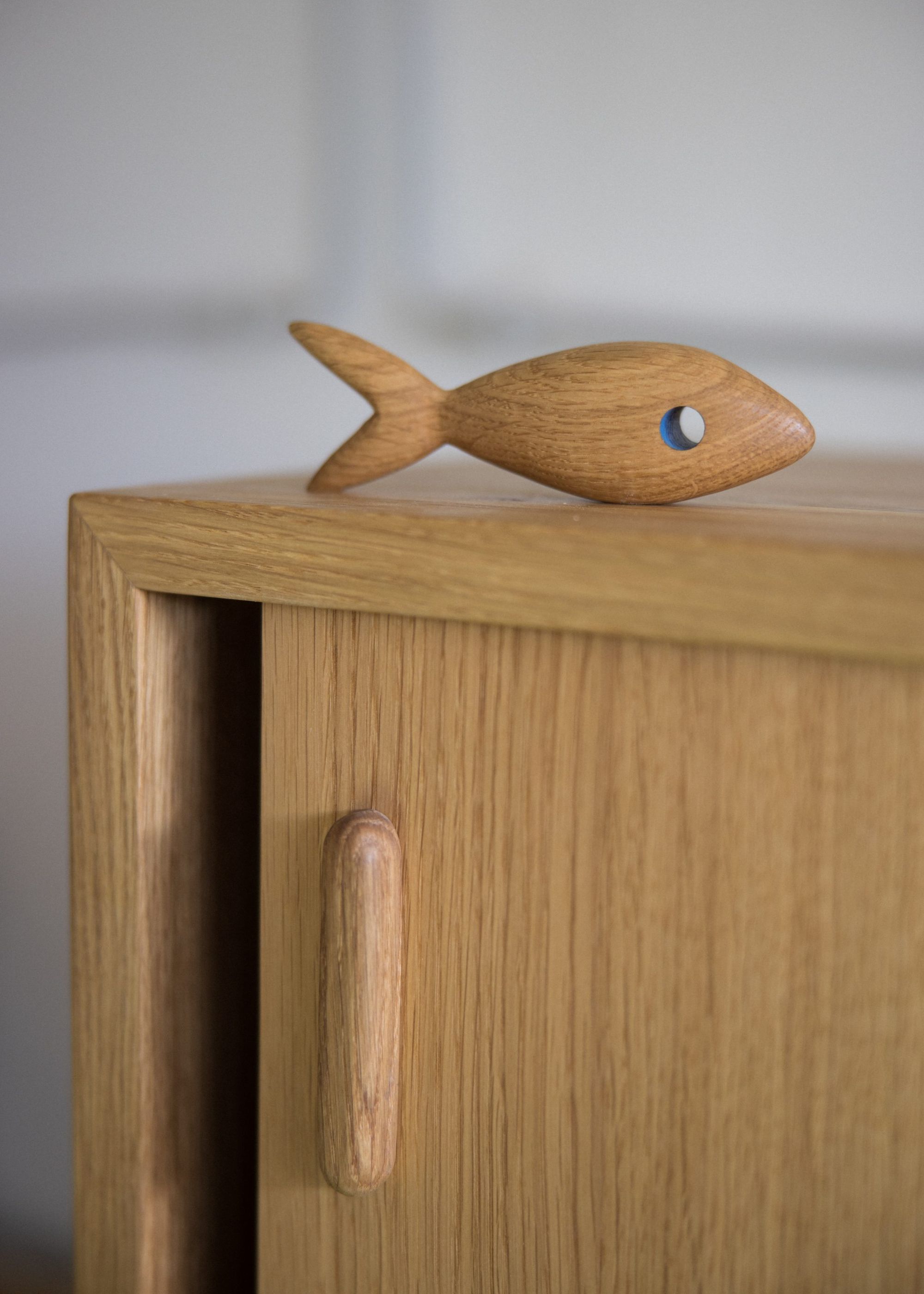
Fanni graduated from the Kozma Lajos Woodworking Vocational School in 2014 as a furniture technician and then studied at the Hungarian University of Fine Arts for five years as a restorer of applied arts. And if that wasn’t enough, she also learned about wood from another angle: between 2018 and 2020, she trained as a forestry technician. Knowing Fanni’s background and having seen her unique furniture and installation elements for various exhibitions, we were curious to learn the whole story.
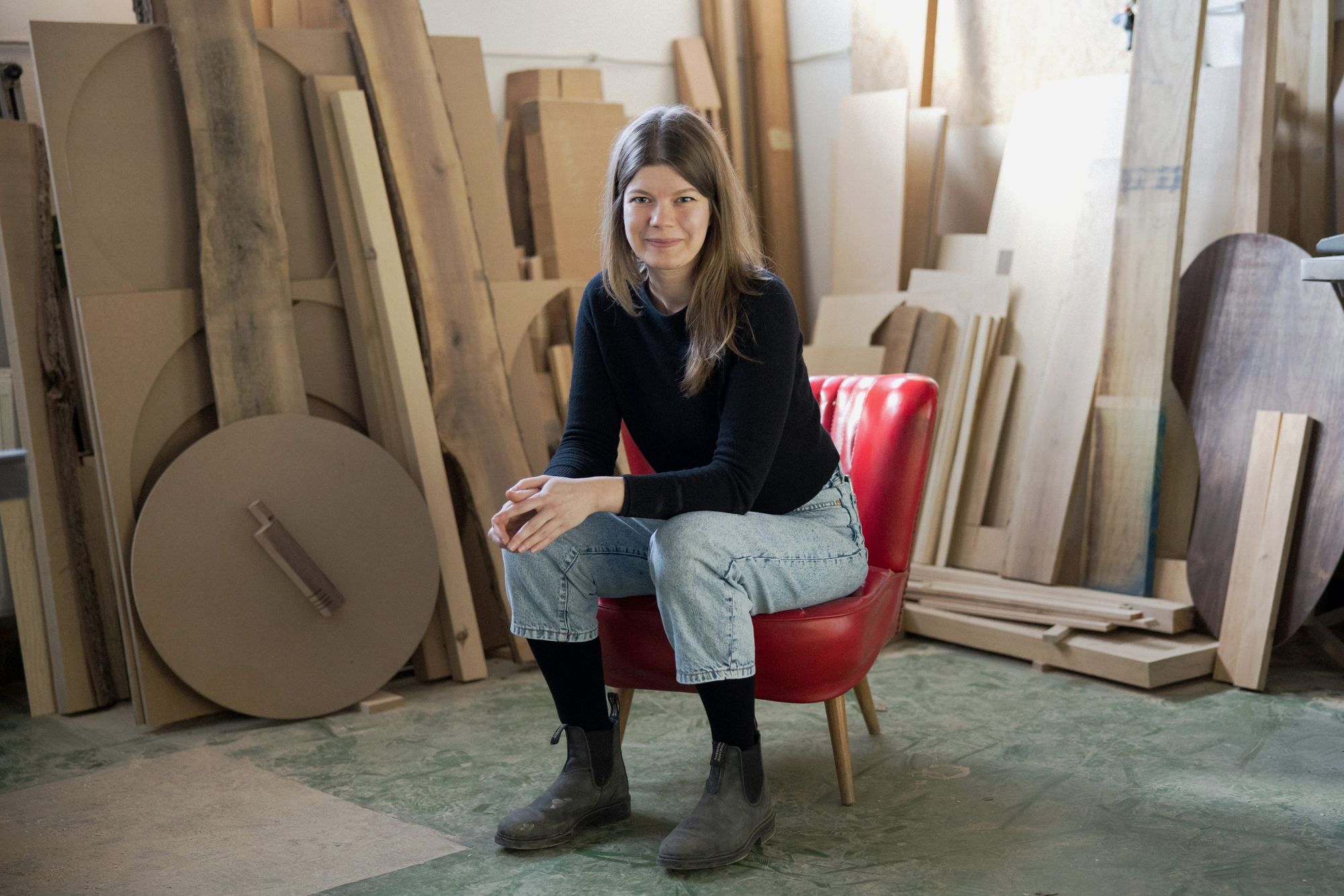
Fanni, tell us a bit of your background: did you have any kind of inspiration that pointed you in the direction of carpentry?
Apart from me, no one is involved in carpentry in my family: my grandparents are all teachers, and my parents are also intellectuals. Only my maternal grandfather has a close relationship with wood, and although he taught mathematics, he has been involved in forestry since the change of regime. As a city kid, through his work and our walks in the woods together, I came to understand something about trees as a high member of the community of living beings and one of the essential raw materials used by human creativity.
You graduated with a BA degree in Design Theory from MOME, but how did you end up at the Woodworking Vocational School?
After my final exams, my interest in art led me to study design theory at MOME, which provided me with a very inspiring, dynamic and safe intellectual environment, but by the end of the course, I decided that I wanted to do a kind of work that was varied, where practical activity was at heart and the invested work had a clear, tangible outcome. I approached a nice master furniture restorer, who I wanted to persuade to take me on as an apprentice. With my knowledge now, I can understand him perfectly that he shied away from this and suggested that I should first do a woodworking technical course, learn the basics and see if this kind of work was for me. I listened to him. I finished the woodworking technical school in Újpest and fell in love with the profession.
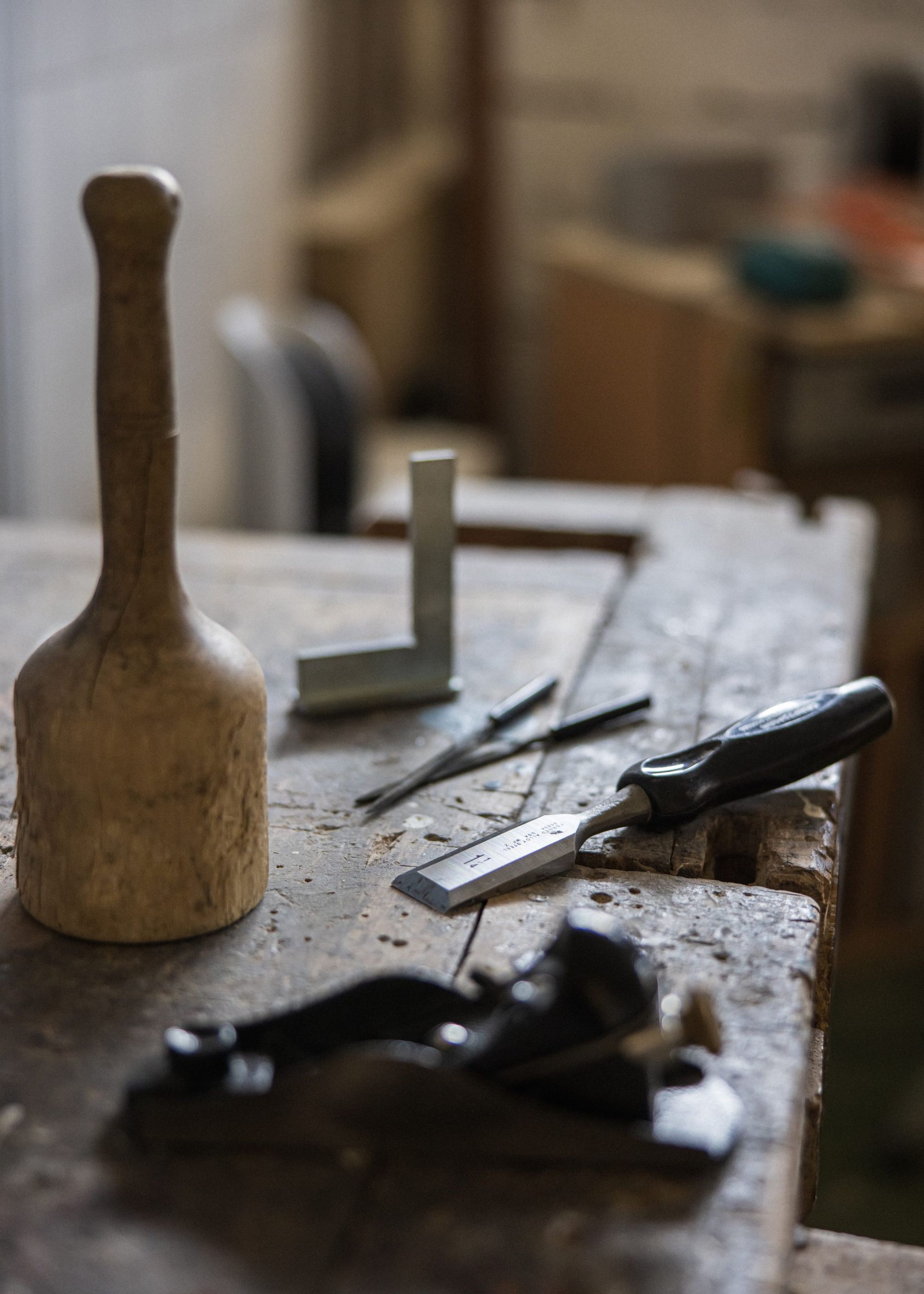
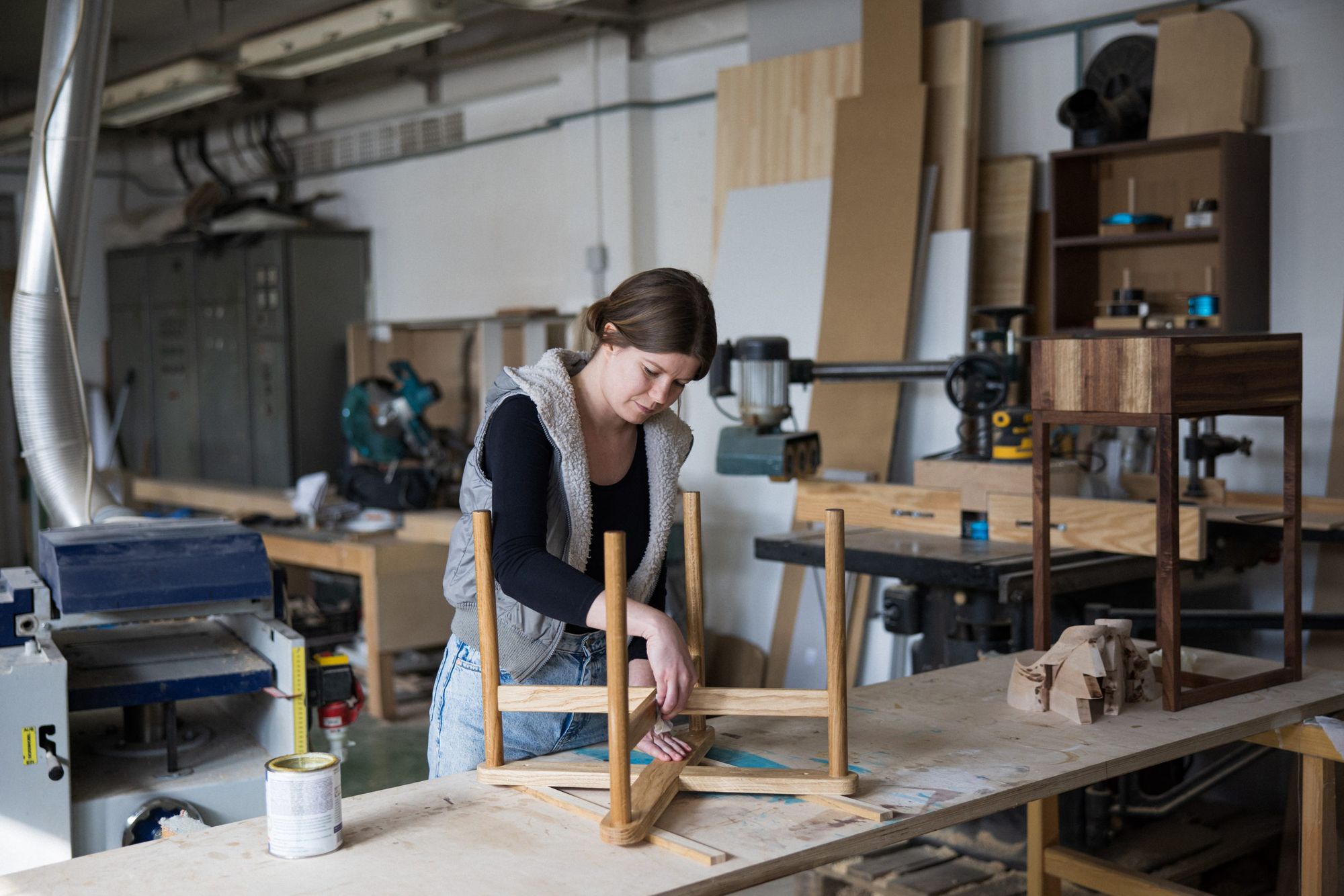
You already have a comprehensive portfolio, you also seem to enjoy working with artists or making unique installations for exhibitions, but you also have a lot of restoration work. Was this your vision from the beginning?
After graduating from technical school, I wanted to make custom solid wood furniture. In addition to commissions of this nature, I quickly found experimental work from the contemporary art scene thanks to my contact network. Making wooden parts for artworks, manufacturing exhibition installation elements, and designing and building complete exhibition interiors became one of the main focuses. I have worked among others with Judit Schuller, Bence Pálinkás, Kitty Gosztola, Áron Kútvölgyi-Szabó, Antal Lakner, Tamás Kaszás, Céline Condorelli, Péter Puklus, Éva Szombat, Orsolya Bajusz, Virág Bogyó, hollow.systems, Máté Dobokay, Zsuzsi Palman, Péter Zalán Salát, Viola Fátyol.
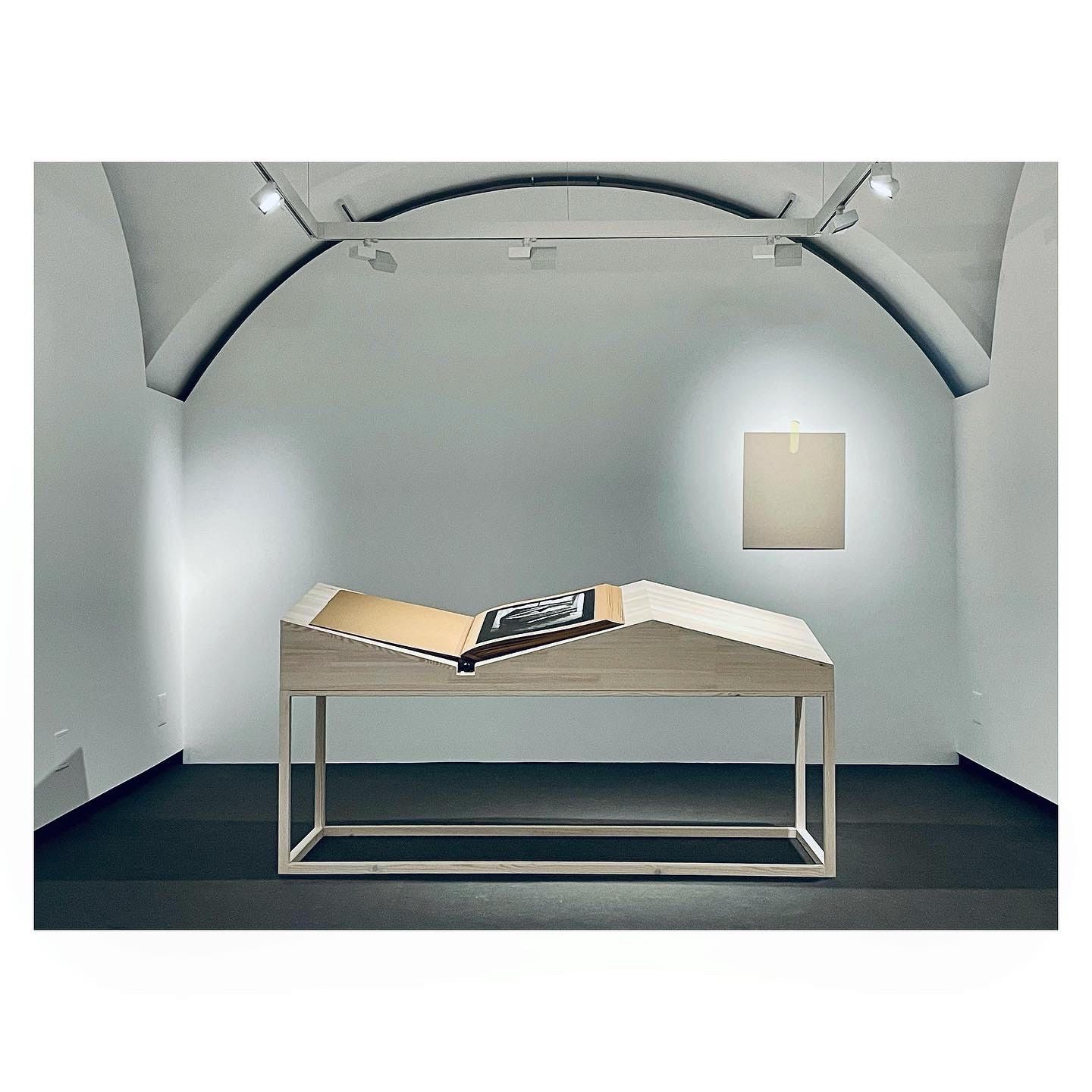
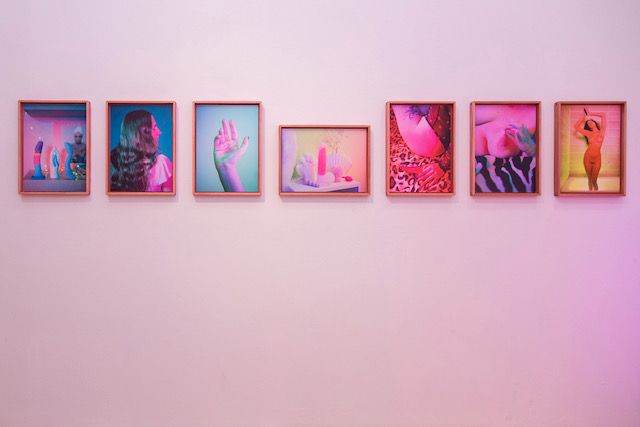
My curiosity for carpentry did not diminish in the meantime. I had a strong desire to learn about the history of furniture and technologies—I wanted to know what materials were used in the woodworking industry in the past, what forgotten solutions could be used in contemporary object making today, and I also wanted to improve my manual skills, that’s why I completed a degree in applied arts restoration at the MKE. Conservation-restoration is very time-consuming and expensive, so less of this kind of work is done for civil clients. Most requests come from institutions, many to restore damaged contemporary art.
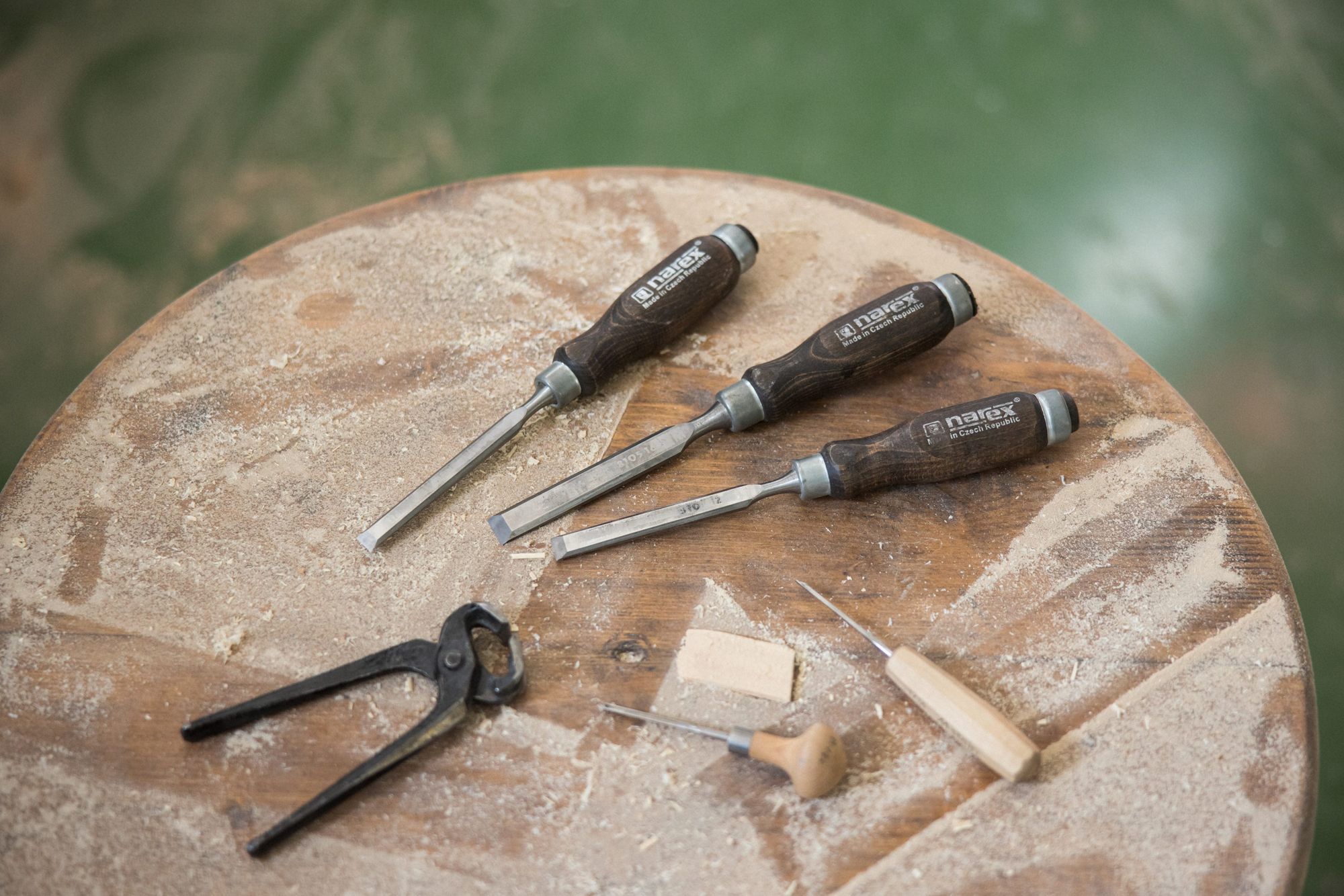
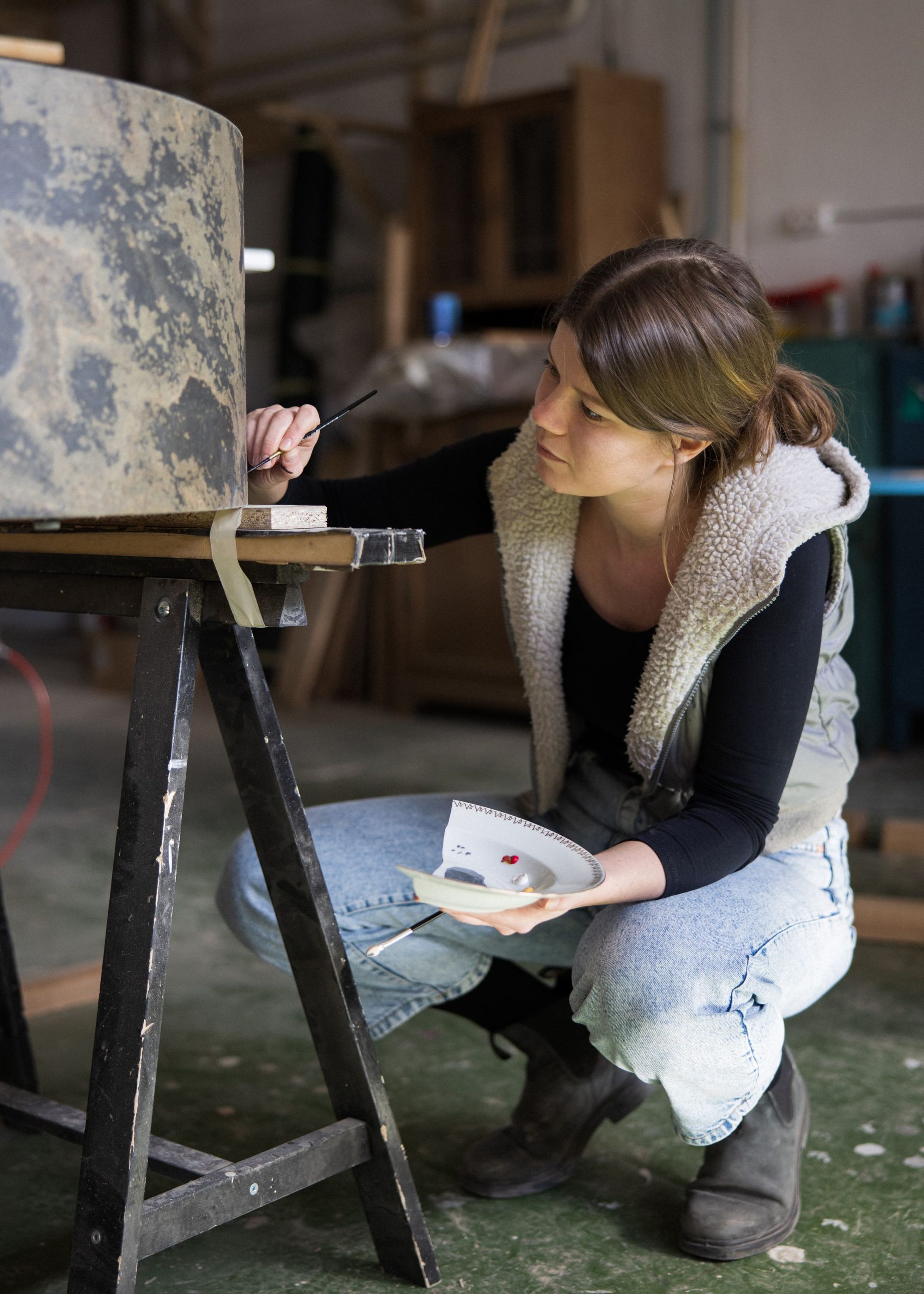
As you said, reflecting on Kozma, it is important for you that the furniture has personality and character. This kind of animism is gaining ground these days. What do you mean by this? And how does this diversity (exhibitions, your own collection of small furniture, restoration work) relate to each other?
In the field of custom furniture, I started out working on commission, designing and making furniture with my clients’ needs in mind, so I sometimes had to compromise with them on the use of materials or the shapes they wanted to create. Some time ago, I felt the need to reverse the dynamics of my work and make furniture exclusively according to my own creative concept, which I could then sell as finished products..
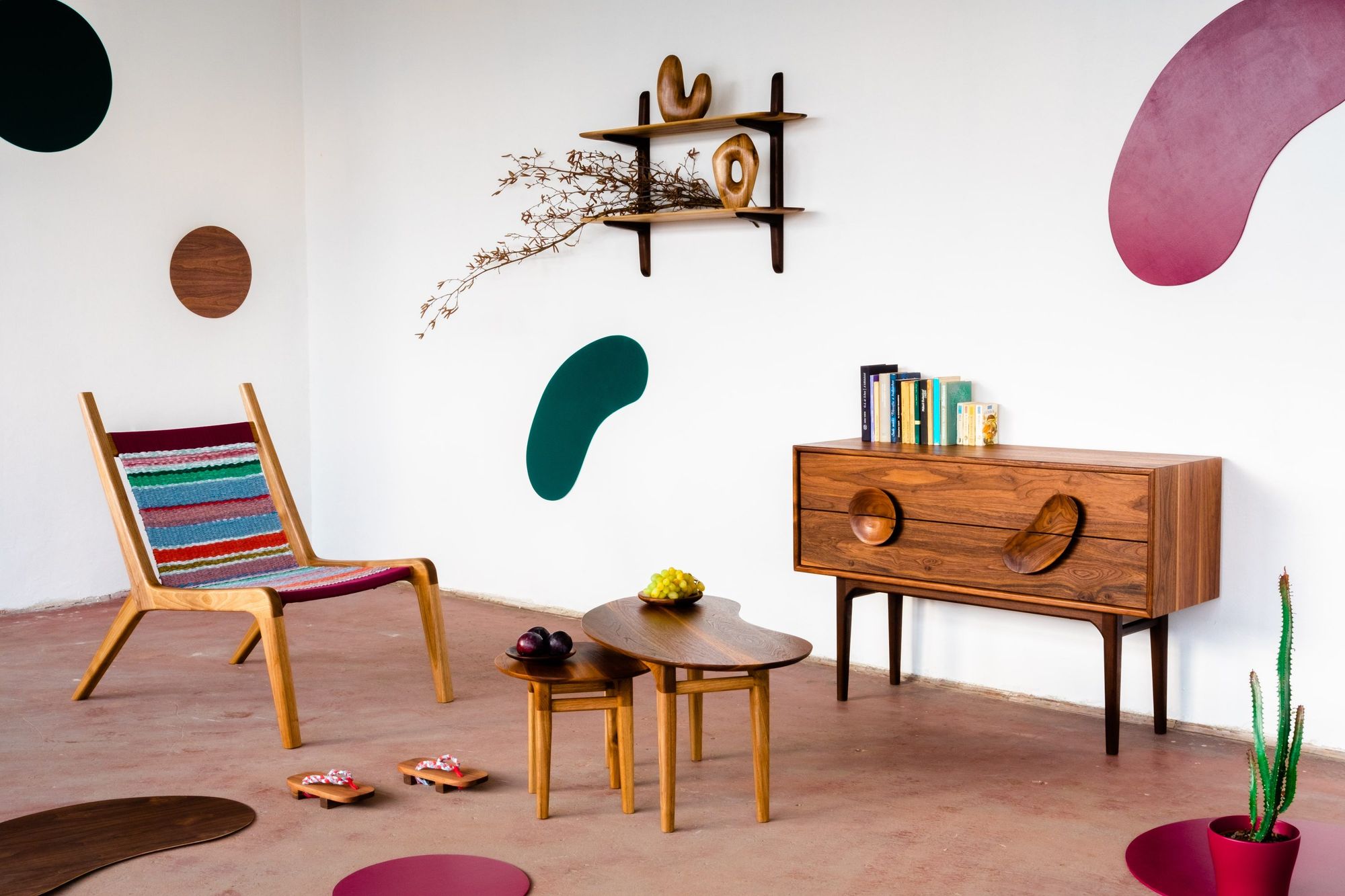
In 2021, with the support of the Kozma Scholarship, I started making independent families of small furniture. These are individual pieces made of solid wood produced in Hungary or the region, with different functions united by some common traits, therefore, they can be integrated into the interior individually or as a group. These are such high-quality, hand-crafted furniture that are durable, hold its value, can be used for generations and that the users can feel emotionally attached to them. Play is important for me, in certain pieces, some kind of narrative appears, and it also happens that, by being a functional object, the furniture item becomes interpretable in a surprising associative field, and it happened before during the making of some objects, that superstition or a little magic also got a role.
These pieces of furniture and other everyday objects will soon be available for purchase in a dedicated webshop.
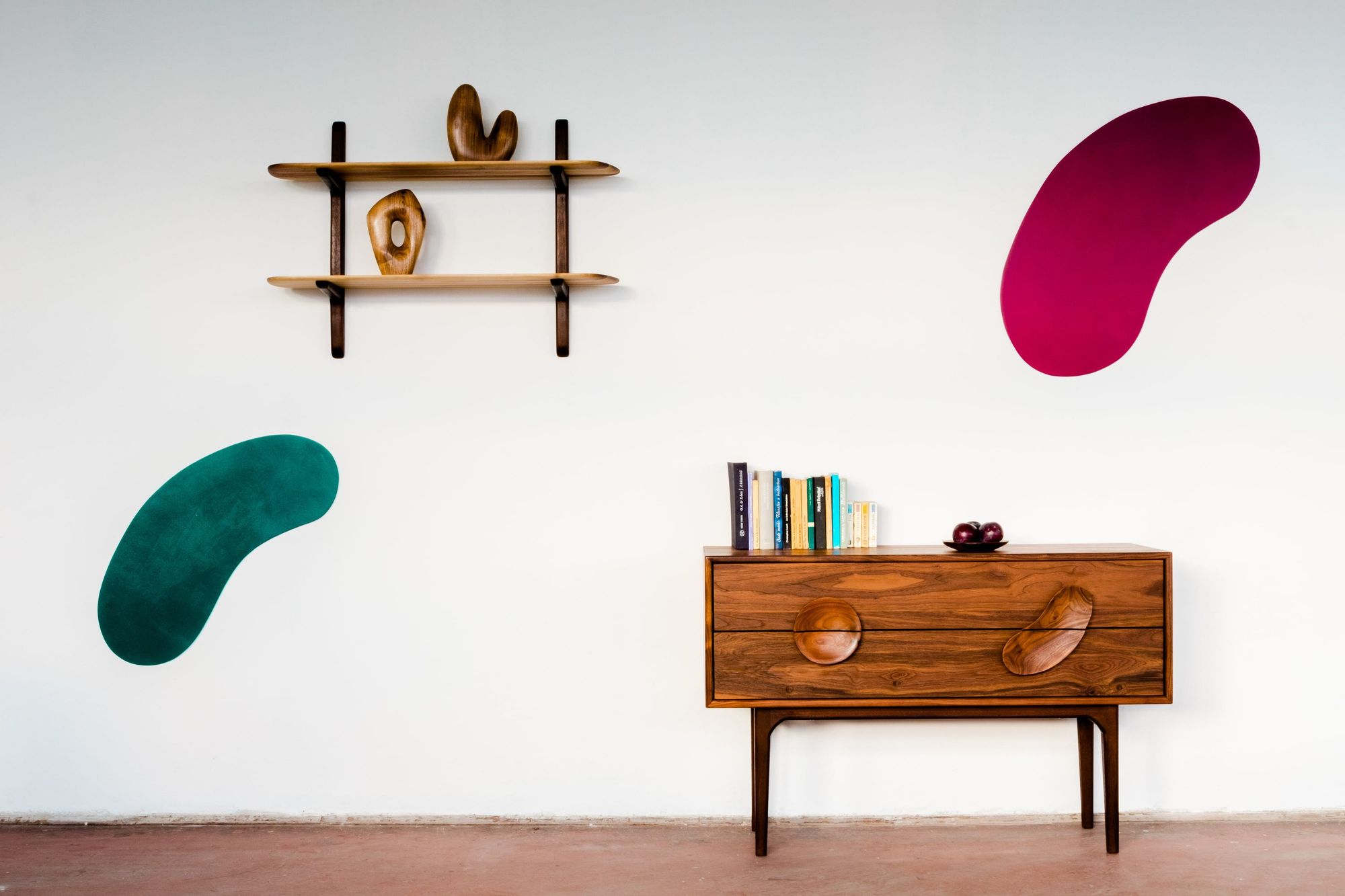
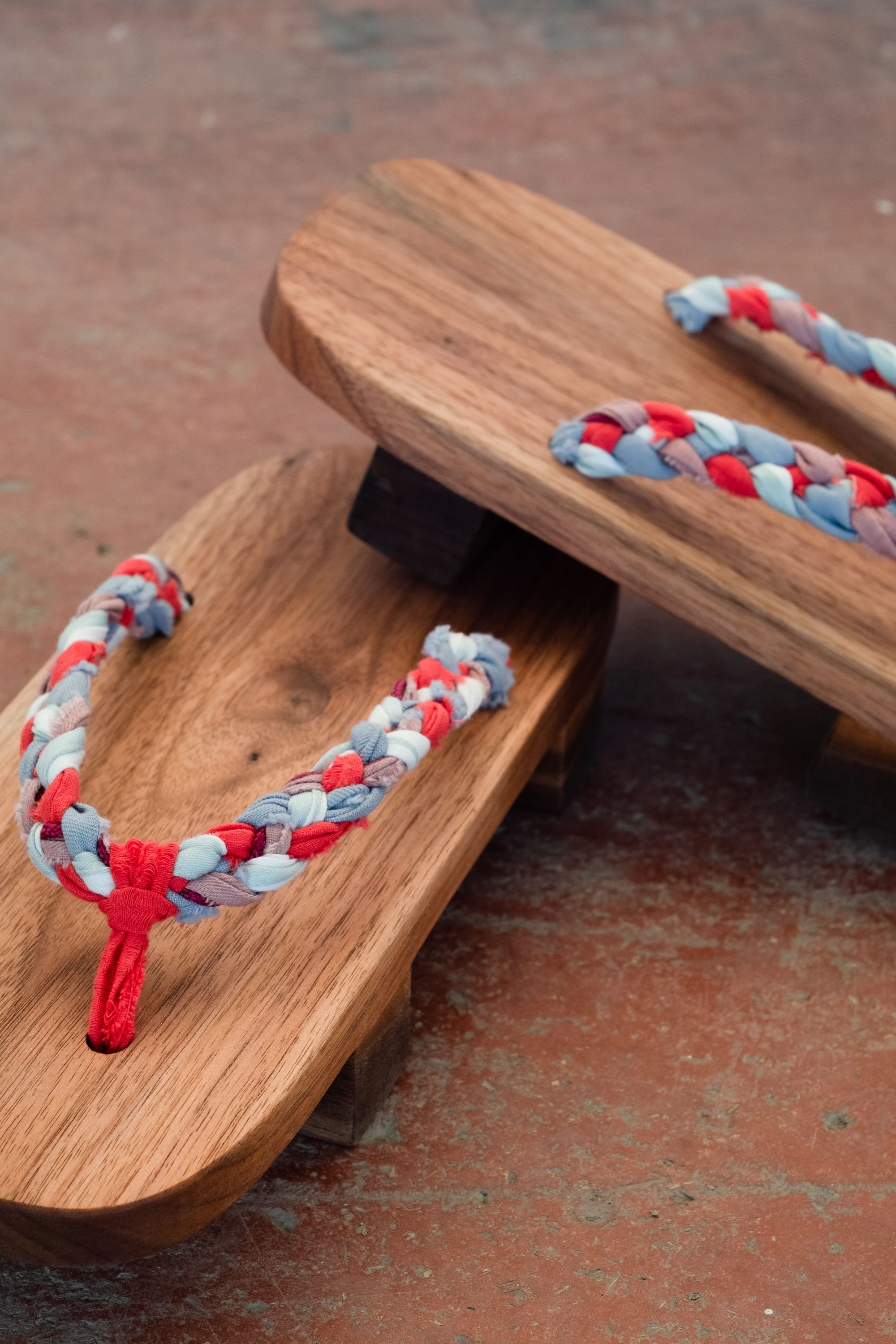
What has been the biggest challenge and pleasure since you became a woodworker and restorer?
As I had no specific professional background in my environment, the whole process of getting close and learning to work with wood was, and still is, a very challenging journey for me. I am a curious person, interested in everything related to the profession and wood itself. That’s why I’ve delved into the history of the craft through restoration, and I’ve also become a forestry technician so that I can both continue my grandfather’s forestry work and, not least, better understand what confluence of circumstances gives the materials I work with their unique properties.
The relationship between the forest as an ecological unit and humans is also constantly evolving in my mind—recently, for example, apart from trees, I have been delving into learning about the edible and medicinal wild herbaceous plants found in the forest.
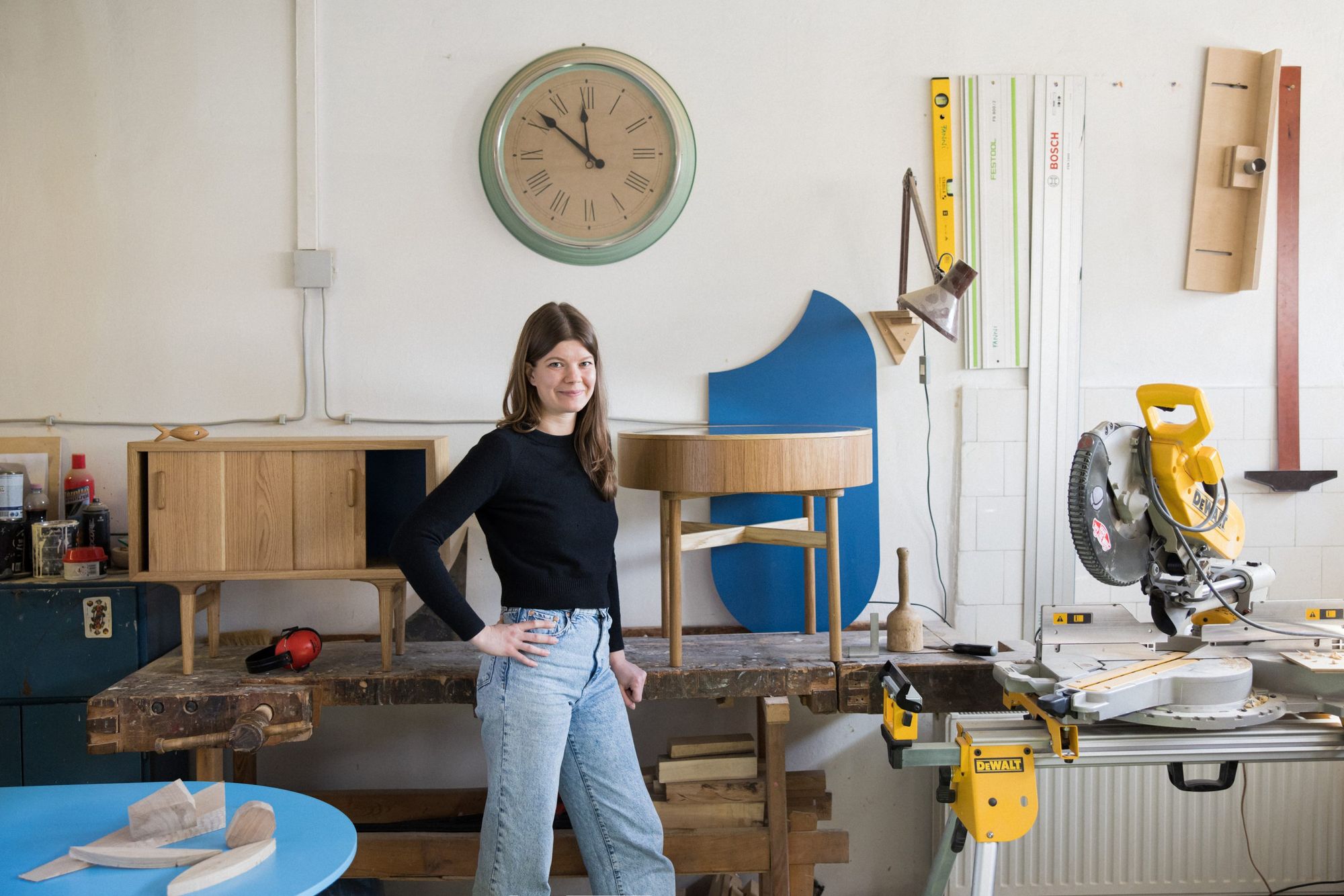
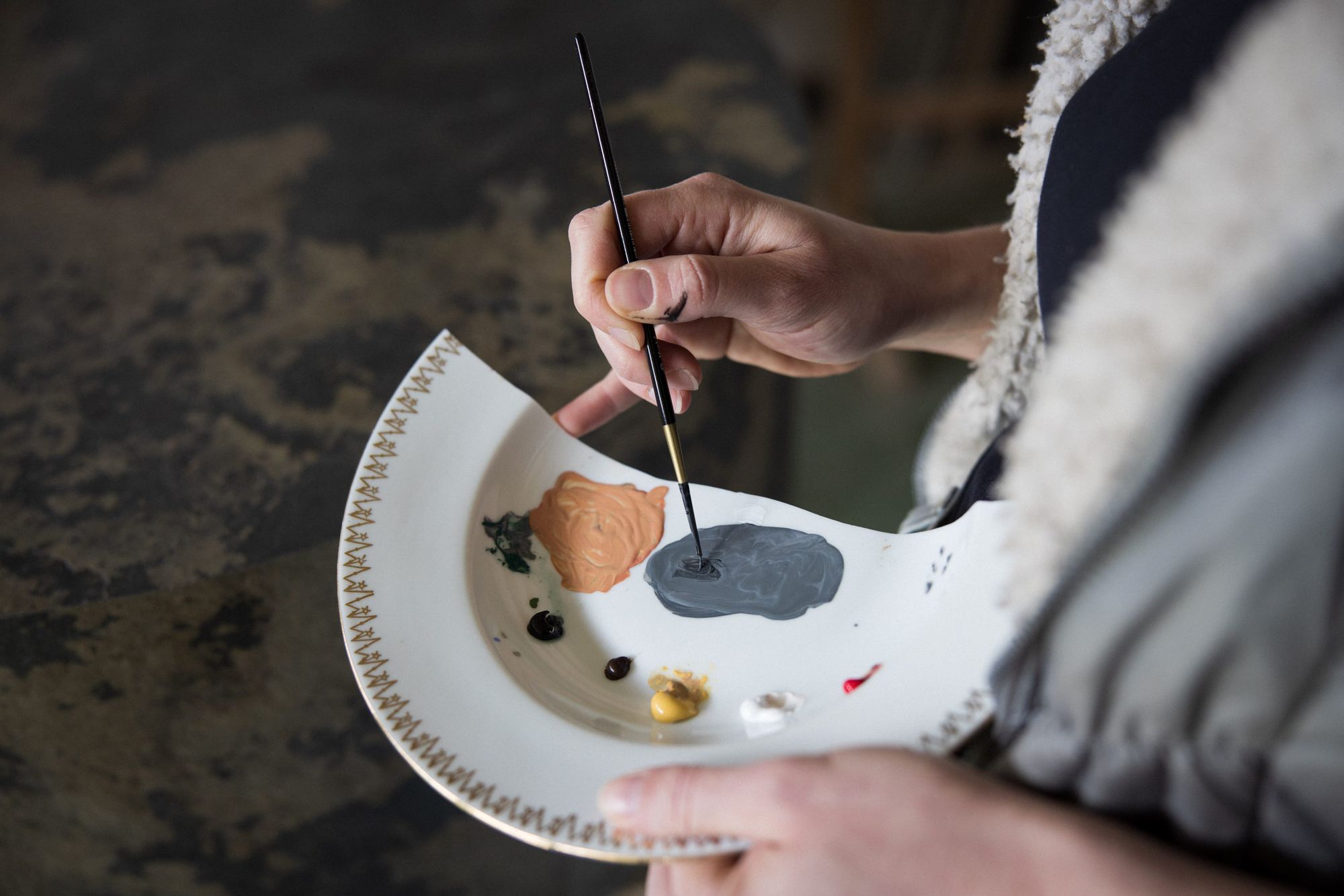
Photos: Balázs Mohai,
Attila Mészáros (Kozma Scholarship furniture collection),
Péter Zalán Salát (“Invisible Spectrums” exhibition, Pannonhalma Abbey),
Éva Szombat (“I want orgasm, not roses” exhibition, Capa Center)
Fanni Hegedűs | Instagram

Visiting the DAIGE studio, where inspirational universes are the driving forces behind fashion
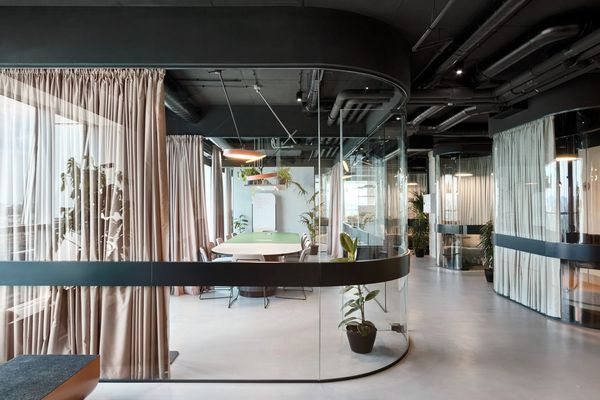
Wheels of fortune, swings, surprises—in an office!
